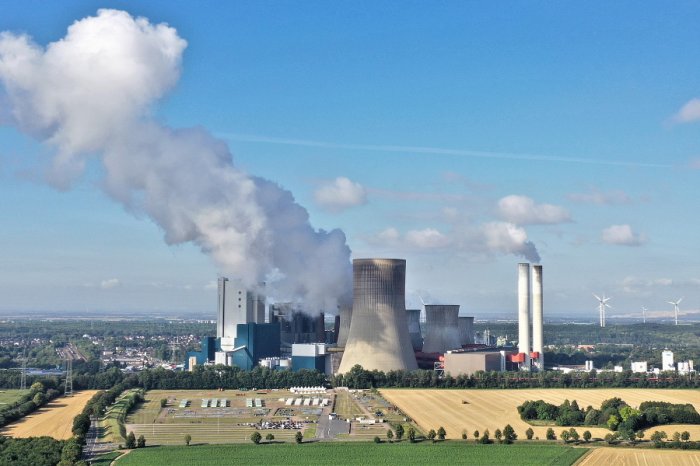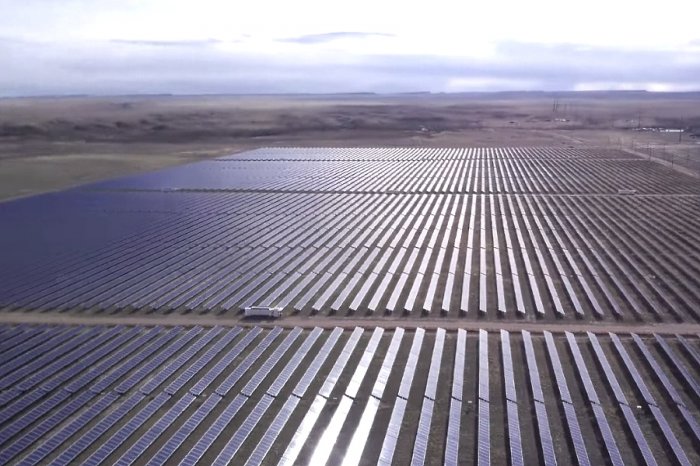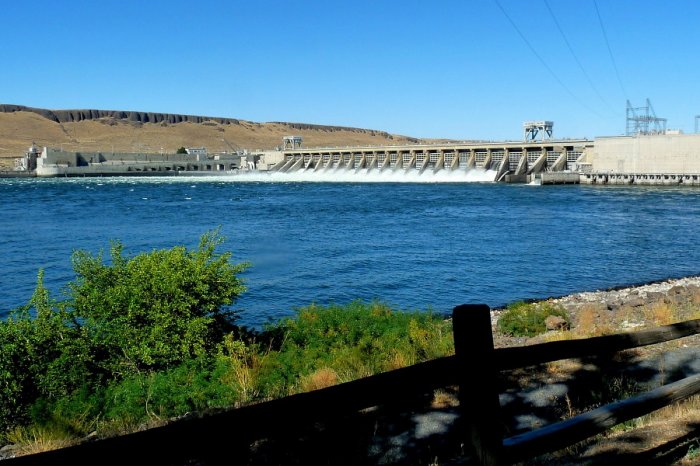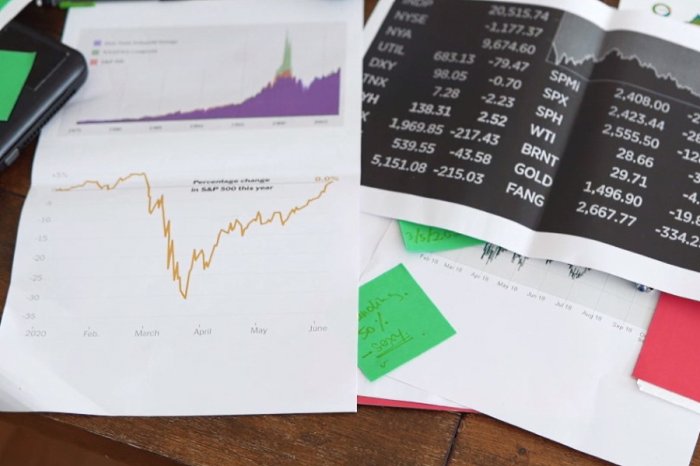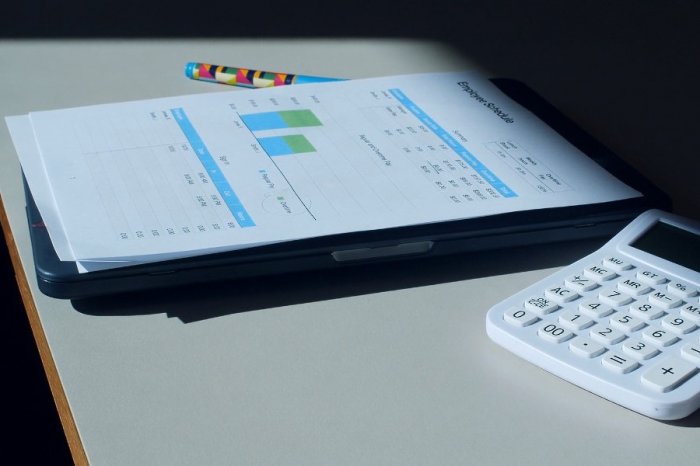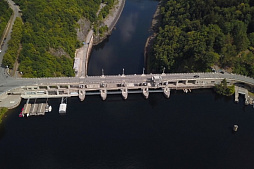To consider an application for financing, fill out the form and send it to us by e-mail along with the project brief, or contact our experts
The global market for mineral fertilizers is showing steady growth.
Experts predict that the market will reach USD 130 billion by 2027.
Despite the adjustments brought on by the ongoing pandemic, this trend is undeniable. The situation in global agriculture is so complicated that abandoning this strategic product would put at least 50% of the world's population on the verge of starvation.
Currently, fertilizer production is concentrated in South and East Asia, primarily in the People's Republic of China, but also in the EU, Russia, Canada, the United States, and others.
Governments continue to provide strong support to producers in the form of subsidies, preferential long-term loans and tax incentives, all of which help the industry as a whole. Plants are being built all over the world, requiring multimillion-dollar capital investments and active use of capital-intensive innovations such as new chemical formulations or nano-fertilizers.
The use of project finance (PF) for large investment projects offers great opportunities for chemical companies and other stakeholders.
Raising large funds through an independent project company (SPV) helps businesses build new plants without burdening the company's balance sheet with long-term loans.
Skywalk Investment Group has assembled a team of leading European experts in financing and project management.
We offer mineral fertilizers plant project financing in Europe and beyond, as well as additional professional services of experienced engineers, lawyers and financial advisors.
Fertiliser plant construction costs
Accelerating technological development, increasing quality standards and stricter environmental requirements contribute to higher costs for new production facilities.The cost of building a mineral fertilizer plant depends largely on the chosen technology, capacity, location and a number of other factors.
On average, such facilities cost a few tens of millions of dollars, but the cost of some facilities runs into hundreds of millions of dollars (for example, the famous Dangote Fertilizer Plant in Nigeria, worth $2.5 billion).
The main factor in financing a fertilizer plant, as well as any other major project, is its economic feasibility, since the desire of investors to participate in the launch of the enterprise is closely linked to the expected return on investment.
The structure of the project viability analysis will look as follows:
• A detailed analysis of capital expenditure requirements and operating costs.
• A comprehensive analysis of the profitability and viability of the project as a whole.
• Evaluation of financing options for the project.
Initial costs refer to the capital required to implement the project, i.e., all planning, land purchase, permitting, engineering design, construction, and commissioning activities in accordance with generally accepted regulations and applicable industry standards.
Pre-project costs refer to the capital that needs to be invested before the project can begin. This item includes costs associated with project management, pre-construction research costs, and research costs to determine the quality of the product and the safest, most efficient, and economical method of obtaining it. In general, the pre-project costs are small compared with the total investment costs and amount to no more than 3-5%.
Structure of investment costs
Capital expenditures are the most important item of initial investment.It is the part of capital intended for the purchase and installation of equipment and materials for the plant.
Due to depreciation and aging, assets lose value over time. Of the total amount of capital expenditures, only a small portion intended for the purchase of the site can be fully recovered through the subsequent sale of the land. Of the rest of the capital, investors can obtain only a small portion corresponding to the market price of the used equipment.
There are various calculation methods for evaluating the fixed capital of industrial enterprises, mostly multi-factor methods, which allow a minimum error of 10%. Among them, you can use the so-called Vian method, the Happel method and other approaches.
These methods are based on the relative value of various components of the plant under construction, including production equipment, construction materials, etc.
The list of the most expensive equipment for building a fertilizer plant includes special chemical resistant tanks, feed hoppers, reactors, pumps, filters, conveyor belts, steam boilers, compressors, etc. As with any equipment for the chemical industry, the selection of reactors requires an individual approach to projects depending on the specific chemical process. Despite the extensive range of off-the-shelf equipment from the world's leading manufacturers, the customization of equipment can affect the final cost of a project.
Numerous potash, nitrogen and phosphate mineral fertilizer production technologies have been developed around the world, each based on different process schemes and equipment.
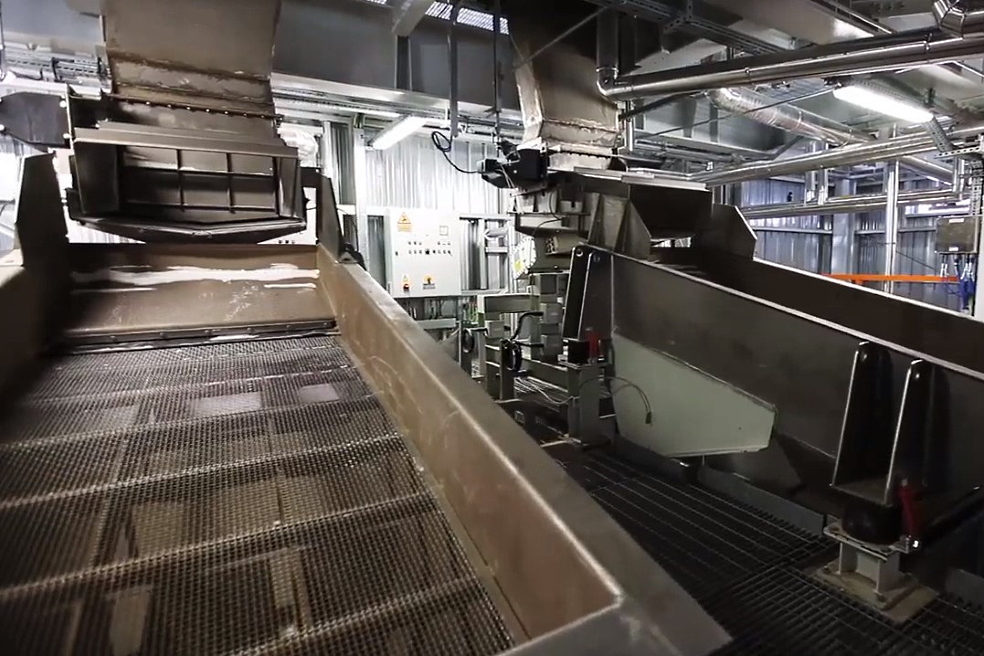
Chemical equipment of such world famous brands as De Dietrich Process Systems, Christof Holding AG, Zhejiang Shuangzi Intelligent Equipment, KASAG Swiss AG, Parr Instrument GmbH and others is available to customers. Selection of specific equipment, layout and manufacturer is carried out individually depending on customer's requirements and financial capabilities.
Financing of a fertilizer plant project should cover the following costs:
• Cost of machinery and equipment. This takes into account the cost of installing the equipment, labor costs, and the cost of materials needed to accomplish this task (metal structures and more). This category of costs can make up from 30 to 50% of the total cost of the investment project.
• Cost of piping. The purchase and installation of piping, valves, hoppers and tanks for solid or liquid substances can reach 10-15% of total costs, depending on the type of plant and fertilizer production technology.
• Cost of automation, measuring and control devices. Given the current trend toward automation of fertilizer plants, the cost of purchasing computers and electronic equipment can be very significant.
• Cost of insulation. Any chemical production facility depends on effectively maintaining optimum temperature at critical points in the process. The cost of materials and labor to install thermal insulation depends on the technology chosen, the climate zone, and the availability of outdoor areas.
• Cost of electrical installation work. As any energy-intensive chemical production plant requires the construction of an electrical substation, connection to a medium-voltage power line and a whole range of electrical installation work on site (eg, the connection of electric motors and control equipment).
• Cost of land and buildings. This category of costs includes a study of the site for construction, leveling of the ground, construction of buildings and structures to accommodate the main equipment and various kinds of auxiliary facilities (eg, administration, amenities, warehouses). Depending on the layout of the plant, the share of civil engineering in the total cost estimate may exceed 30%. The cost of structures for a fertilizer plant can be high due to the use of special technologies, such as waterproofing of flooring, fire protection, construction of swimming pools and tanks. Services related to heating, air conditioning, lighting, water use, and compressed air are also costly.
• Cost of engineering design and project management. The cost of qualified turnkey project management services can be as much as 20% of total capital costs. This category includes development of technical documentation, bid and order management, general project management, etc.
• Unforeseen costs. This item includes possible losses related to errors in management, construction, startup, etc. It is recommended to estimate from 10 to 30% of the project cost to avoid budget overrun.
Initial investment costs also include working capital.
This is the financial resources needed to keep the fertilizer plant running, including the purchase of raw materials, payment of wages, payment for electricity or fuel supplies. It is capital that is in motion throughout the life of the plant until it is recouped when the finished product is sold. It, unlike fixed capital, does not lose value over time and is not depreciated.
The additional costs associated with the start-up of the plant are usually borne by the customer after all installation work has been completed. The plant must be up and running and all problems must be corrected before the complex begins to produce fertilizer for sale.
Skywalk Investment Group financial company provides comprehensive services related to financing the construction of fertilizer plants.
We carry out feasibility studies and develop project documentation, provide professional advice at all stages of the project, develop personalized financing and tax optimization schemes.
Application of project finance (PF) for construction of mineral fertilizer plants
Development of large investment projects in the agricultural sector, chemical and fertilizer production requires powerful financial instruments, which allow customers to obtain the necessary funds for construction and launch of new facilities without affecting current economic activity.In this context, project finance (PF) has become one of the most common methods, because in this case, the funds are allocated to the project itself and are paid out of the cash flows it generates.
This is achieved by creating a legal entity independent of the initiator – the Special Purpose Vehicle, or SPV.
The company must obtain financing and implement the investment project. Without this financing, many large competitive market development projects involving both private and public interests would not succeed.
Project finance differs from traditional financing methods in the following ways:
• A financing structure based on a dedicated project company.
• A contractual framework that provides for the allocation of funds against the future financial flows of the project.
• Exemption of the project initiator from financial responsibility for the debts of the project.
For this reason, project finance requires accurate identification, analysis and management of each of the risks that may affect the viability of the project, as well as an exhaustive study of its financial prospects.
A thorough and comprehensive pre-investment study will be critical to the success of the project and to minimize the risk of contingencies and losses that may arise during the various phases of the project. As part of these risks, stakeholders should take into account the consequences of a possible SPV bankruptcy declaration based on the applicable national legislation of the host country and international norms.
The risk of SPV insolvency is usually a key element in assessing the feasibility of mineral fertilizer plant project financing.
The current legal framework of the host country regarding bankruptcy and its consequences is crucial to accessing the required financing.
A system of guarantees should be developed for all stakeholders and a detailed analysis of the impact that project insolvency may have on the parties and their obligations under related contracts should be conducted. A professional approach to organizing PF helps minimize risks and ensure that funds are disbursed on the right terms.
Some features of project finance
The organization of project finance is tailored to the specific investment project in each case, but there are a number of important characteristics common to the vast majority of financing operations.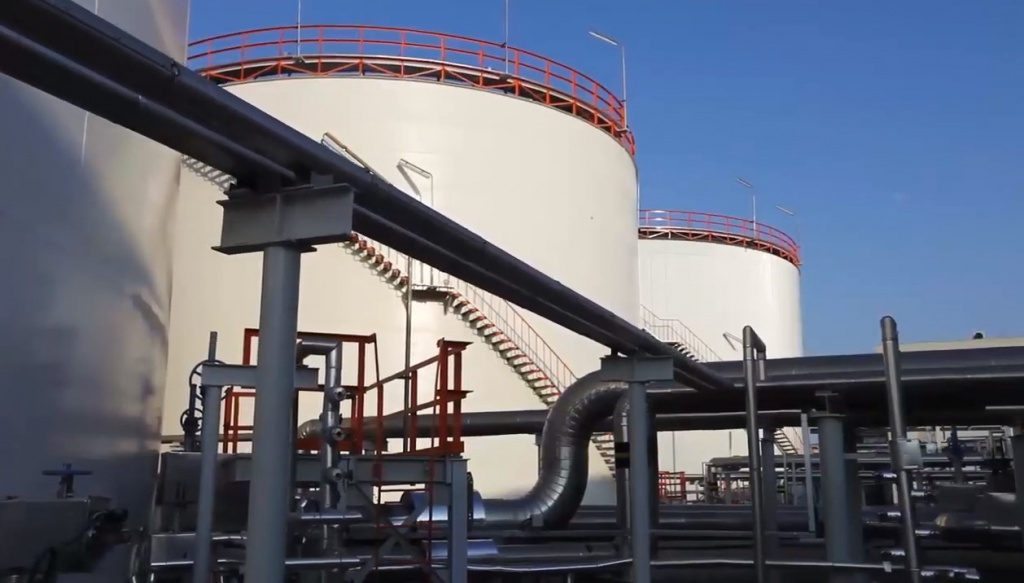
These characteristics are listed below:
• A thorough technical and feasibility study.
• A multilateral loan agreement or syndicated loan constituting the main source of financing.
• The project is financed with or without limited recourse to the borrower. This means that the risk of non-payment of the loan falls on the SPV and not on the initiating partners. The liability of the latter is limited to participation in the project company and its assets.
• Financial institutions receive a number of guarantees, which vary from case to case, but do not relate directly to the assets of the project initiators, being limited to the project company.
• The amount of debt is directly related to the potential income of the project company. The cash flows available to service the debt include any cash proceeds generated by the SPV.
• Project finance allows a business to undertake investment projects that far exceed the company's actual financial capacity. This is because the borrowed funds are raised against the financial flows of the future project, rather than against the assets of the borrowing company, which are often extremely limited.
It should also be noted that the initiators of the mineral fertilizer plant project must have a sufficiently high technical and financial solvency to implement the project in full.
First of all, this requirement is considered in terms of subsequent management of the plant, fertilizer production and sales, operation and maintenance of equipment.
PF makes it possible to rationally distribute any project risks among all the parties involved according to their degree of involvement and competence in certain issues. With this type of financing contracts include a number of obligations of the borrower, among which is maintenance of assets, regular provision of detailed accounting information to financial institutions and compliance with certain financial ratios.
These characteristics distinguish project finance from other traditional forms of financing.
In the latter case, projects do not require the creation of separate legal entities, the requirements of financial institutions are not so strict, and loans are issued exclusively against guarantees or collateral provided by the borrowing company.
Stages of an investment project
The organization of project finance includes four main stages.These are the planning and comprehensive study of investment opportunities, the bidding phase, the construction phase, and the operation and income generation phase.
During the planning and due diligence phase, potential investors conduct a detailed technical, legal, and financial evaluation. The due diligence report is considered a key tool for evaluating the project. This report includes a description of the project's legal framework and a detailed analysis of legal, technical, environmental and financial risks.
The legal evaluation is an analysis of the statutory documents of the SPV and the contracts it enters into in the context of the applicable laws of the host country and international law.
It is also important to verify the licenses and permissions issued to the company. Since mineral fertilizer production is largely international in nature, the involvement of numerous foreign partners will require close attention to legal support for the project and its operations.
The risk analysis contains a detailed description of the project and its weaknesses.
The purpose of this document is to illustrate all aspects that give legal form to the global expectations for the future of the project and guarantees of return of funds to the financiers. This report is a reference document for contractors and investors as it identifies the risks associated with each of the phases, the mechanisms to minimize them, and how to address them in order to maintain project viability and generate the necessary cash flows.
The bidding phase will require compliance with a number of generally accepted standards, especially in public-private partnership (PPP) fertilizer plant construction projects. There is the so-called British model and the Continental model of bidding, which differ in their procedure and conditions.
The British model is characterized by two phases.
The first phase serves for the preliminary selection of bidders on the basis of information provided about the experience and capabilities of managing and organizing similar projects. Applicants on the list must submit a "Best and Final Offer" (BAFO). At this stage, bilateral negotiations are conducted with the bidder until final terms of all contracts are reached.
In the Continental Bidding Model, there is no preliminary selection phase. In this case, bidders submit a final proposal to the customer, eliminating any negotiation of contract terms.
The construction phase of a fertilizer plant ends with the testing and commissioning of the facility. The construction stage implies assumption of high risks, since the greatest investment efforts are made long before the cash flows required to secure repayment of the borrowed funds are received.
Construction is characterized by the highest uncertainty regarding the financing of the investment project.
For this reason, financial institutions strictly control the fulfillment of obligations for the construction of the project and request all information from partners to prevent decisions from being made without prior verification by their own technical and financial experts. Financial institutions are generally unwilling to take on additional construction risks directly and require project promoters and contractors to mitigate them.
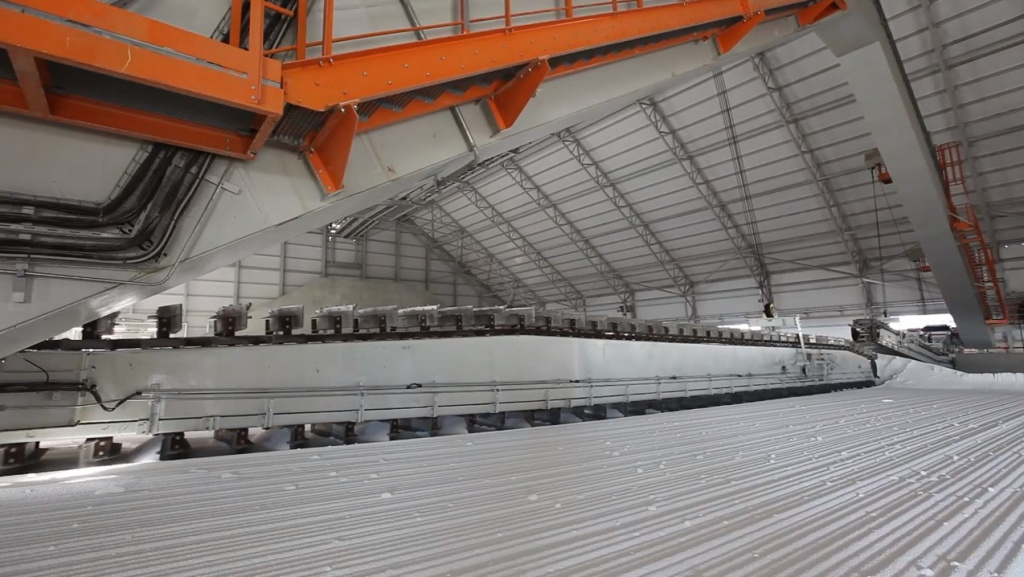
The operation and revenue phase in project finance marks the end of the borrowing period and the beginning of the amortization and interest payment period to the lenders. During the operations phase, the SPV's activities will be limited and conditioned on commitments to generate cash flows that guarantee debt repayment.
Special Purpose Vehicle (SPV)
The PF always creates a special project company, which will be responsible for developing the project, obtaining financing and acting as a party to all contracts that will constitute it.The SPV is an instrument for the execution and follow-up of the work, acting as a borrower and recipient of generated cash flows.
The financial risk of the founders is reduced to their contribution to the SPV, so the only source of income on which the obligation to pay the debt will be the assets of the project company and its cash flows. The equity structure and the agreements between the shareholders and the financial institutions will determine the guidelines of the company.
This company formalizes with the other parties involved in the fertilizer plant project any contracts that govern their relationship (concession, construction, operating, financial, insurance). The SPV takes a variety of organizational forms, depending on the needs of a particular investment project.
The following parties can be participants in a special purpose vehicle:
• Companies promoting the investment project. All individuals or legal entities, who will directly work on the fertilizer plant project and are therefore interested in the successful implementation of this project, participate in the equity of the SPV.
• Industrial and engineering companies. Such companies provide capital or know-how, being industry experts and having significant experience in similar projects. These participants may stay with the project after commissioning in order to generate further revenue.
• Financial partners. These are companies with extensive experience in investing in the fertilizer industry or in other industries with potentially high returns. They strive to maximize return on investment.
• Equipment suppliers, construction companies and the end customer of the project.
At present, given the high level of competition between fertilizer producers in the global market, the market structure requires new methods of cooperation between companies that allow them to achieve their goals in a flexible and efficient way in order to maximize their benefits and limit their risks.
Alliances such as interim business alliances or economic interest groups are widely used.
While such alliances can be used, they are not considered SPVs in the strict sense of the word.
If you are interested in mineral fertilizer plant project financing, contact the official representatives of Skywalk Investment Group.
We have a wide network of business partners all over the world, including producers and suppliers of industrial equipment, engineering and construction companies, scientific institutes and universities, banks and financial institutions in Spain and abroad.
Contact us to find out more.




